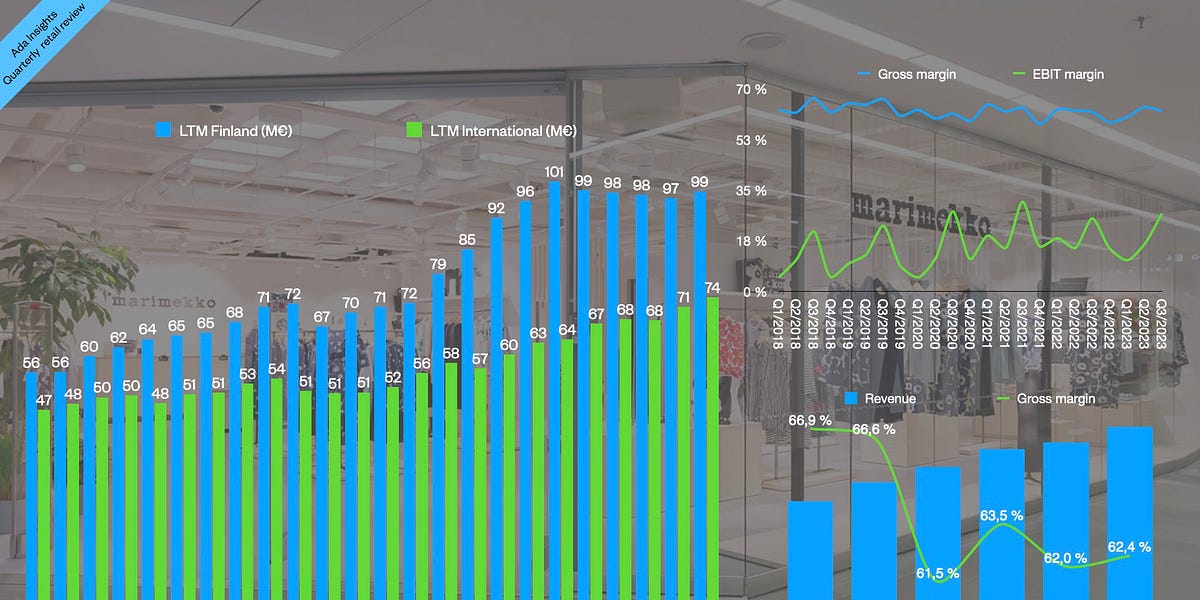Will Climate Risk Affect My Home Loan Approval? Understanding The Connection

Table of Contents
How Lenders Assess Climate Risk
Lenders are incorporating climate risk assessment into their underwriting processes, understanding that a property's vulnerability to climate-related events directly impacts its long-term value and their own risk.
Property Location and Vulnerability
Lenders meticulously evaluate a property's location and its susceptibility to various climate hazards. This assessment considers several key factors:
- Proximity to Floodplains: Using FEMA flood maps and other hydrological data, lenders determine the likelihood of flooding and its potential impact on the property. Properties in high-risk flood zones may face stricter lending criteria or higher interest rates.
- Wildfire Zones: Areas prone to wildfires are subject to increased scrutiny. Lenders consider factors like vegetation density, distance to firebreaks, and past fire history when assessing risk.
- Coastal Erosion Areas: Properties situated along coastlines vulnerable to erosion face significant risks. Lenders evaluate the rate of erosion and potential for future damage.
- High-Risk Areas for Extreme Weather Events: Locations frequently impacted by hurricanes, tornadoes, or other extreme weather events are viewed as higher risk, influencing loan terms and approval likelihood.
Lenders utilize advanced risk assessment models, incorporating historical weather data, climate projections, and sophisticated Geographic Information Systems (GIS) technology to evaluate climate vulnerability. The devastation caused by events like Hurricane Katrina and the California wildfires has underscored the crucial need for such assessments.
Building Codes and Construction Quality
The resilience of a property to climate-related events is also a significant factor. Lenders consider:
- Building Codes: Properties built to current building codes, incorporating features that enhance resistance to extreme weather, are generally viewed more favorably.
- Construction Quality: The quality of materials and construction techniques significantly impacts a property's ability to withstand climate hazards. Newer homes, often built with more resilient materials, may receive more advantageous loan terms compared to older structures.
- Energy Efficiency: Energy-efficient homes, often incorporating features that reduce their environmental impact, may also be viewed more positively by some lenders, reflecting a broader commitment to sustainability.
In essence, lenders are increasingly rewarding properties that demonstrate a higher level of climate resilience.
The Impact of Climate Risk on Your Mortgage Application
The assessment of climate risk can significantly impact your mortgage application in several ways.
Higher Interest Rates and Loan Denials
Properties located in high-risk areas may face:
- Higher Interest Rates: Lenders may charge higher interest rates to compensate for the increased risk associated with lending on properties in climate-vulnerable locations.
- Loan Denials: In extreme cases, lenders may refuse to provide a mortgage for properties deemed excessively exposed to climate-related risks.
- Increased Down Payments: Lenders may require larger down payments to mitigate their risk, especially for properties in high-risk areas.
- Stricter Lending Criteria: More stringent eligibility criteria might be applied to borrowers seeking mortgages for high-risk properties. This could include stricter debt-to-income ratios or higher credit score requirements.
Securing adequate home insurance can also be challenging for high-risk properties, further complicating the mortgage application process. The cost of insurance itself can significantly increase, adding to the overall financial burden.
Disclosure Requirements and Transparency
Transparency is key. Lenders are increasingly emphasizing the importance of accurate disclosure regarding climate risks. This means:
- Borrowers' Responsibilities: It's crucial for borrowers to fully disclose any known climate risks associated with the property, including past flood damage or proximity to wildfire zones. Failure to disclose this information could have serious consequences.
- Lender Information Requests: Lenders may actively request information about potential climate risks from borrowers, potentially requiring additional documentation or professional assessments.
Accurate and complete disclosure helps facilitate a smoother and more efficient mortgage application process.
Strategies to Mitigate Climate Risk and Improve Your Loan Application
Proactive measures can significantly enhance your chances of securing a mortgage, even for properties in higher-risk areas.
Property Improvements and Mitigation Measures
Investing in property improvements can demonstrably reduce climate-related risks.
- Flood Barriers: Installing flood barriers can protect against flood damage and potentially lower insurance premiums.
- Fire-Resistant Materials: Utilizing fire-resistant roofing materials and landscaping can reduce wildfire risk.
- Elevated Foundations: Raising a home's foundation can mitigate flood risk.
These improvements not only protect the property but can also positively influence lender perception and potentially lead to better loan terms. Government incentives and grants may be available to support these climate-resilient upgrades.
Seeking Professional Risk Assessments
Understanding the climate vulnerability of a property is crucial.
- Professional Assessments: Obtaining professional risk assessments from qualified engineers or environmental consultants can provide valuable insights into potential hazards and their severity.
- Strengthening Applications: These assessments can strengthen your mortgage application by providing objective evidence about the property’s resilience or the mitigation measures already implemented. A detailed report provides transparency and reassures lenders.
Conclusion
Climate risk is increasingly a significant factor in home loan approvals. Lenders assess various aspects, from property location and construction quality to insurance availability. However, by proactively addressing potential climate risks through property improvements, obtaining professional risk assessments, and complete disclosure, you can significantly improve your chances of securing a mortgage. Don't let climate risk affect your home loan approval. Understand the connection and take steps to secure your mortgage today! Learn more about how climate risk might impact your home loan application. Prepare for a smooth mortgage process by understanding the connection.

Featured Posts
-
 La Profession De Cordiste A Nantes Defis Et Opportunites Lies Aux Tours
May 21, 2025
La Profession De Cordiste A Nantes Defis Et Opportunites Lies Aux Tours
May 21, 2025 -
 Arunas Tournament Run Cut Short At Wtt Chennai
May 21, 2025
Arunas Tournament Run Cut Short At Wtt Chennai
May 21, 2025 -
 Huuhkajat Saavat Vahvistusta Benjamin Kaellmanin Kasvu Ja Potentiaali
May 21, 2025
Huuhkajat Saavat Vahvistusta Benjamin Kaellmanin Kasvu Ja Potentiaali
May 21, 2025 -
 3 1
May 21, 2025
3 1
May 21, 2025 -
 1 1 96
May 21, 2025
1 1 96
May 21, 2025
